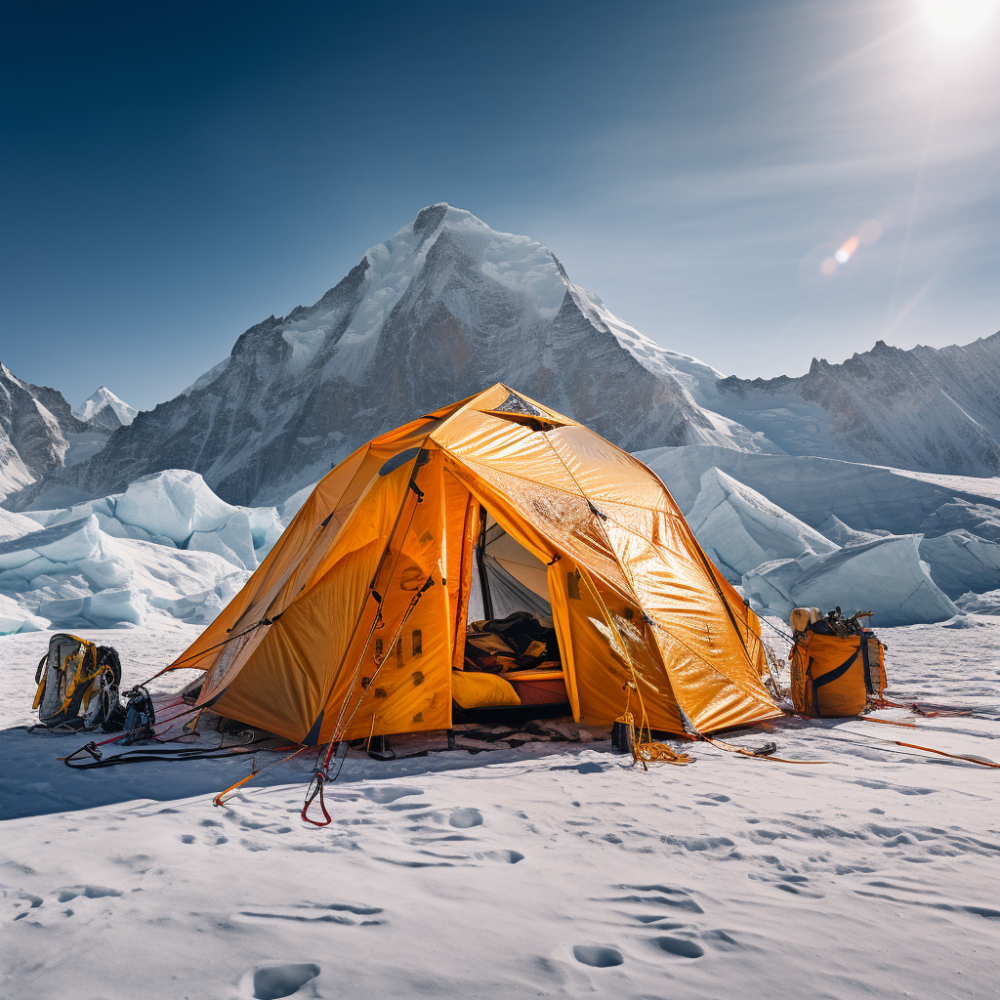
High-altitude mountaineering is an endeavor that tests the limits of human endurance and resilience. In this vertical world, choosing the right tent is not just a matter of comfort, but of survival. The tents used on Everest are engineered to withstand some of the harshest conditions on the planet. These tents are crucial for climbers braving the extreme cold, fierce winds, and thin air found at high altitudes.
Expedition teams often select tents based on several key factors, such as weight, durability, and resistance to the elements. The materials used must be lightweight enough for portability while trekking to base camps, yet strong enough to resist tearing in the fierce winds. The design must facilitate quick and secure setup, as weather conditions can change rapidly, leaving climbers little time to seek shelter.
When planning your own event marketing campaign, consider taking a cue from these high-altitude shelters. Durability and adaptability in harsh conditions are qualities that can elevate your brand’s presence in any environment. If you’re looking to amplify your event marketing, whether it be outdoor or indoor, extreme or conventional, Zodiac Event Displays offers a range of products that stand out and endure. Send a message to info@zodiacdisplays.com to learn more about our robust catalog of product offerings.
Materials and Design of Everest-Grade Tents
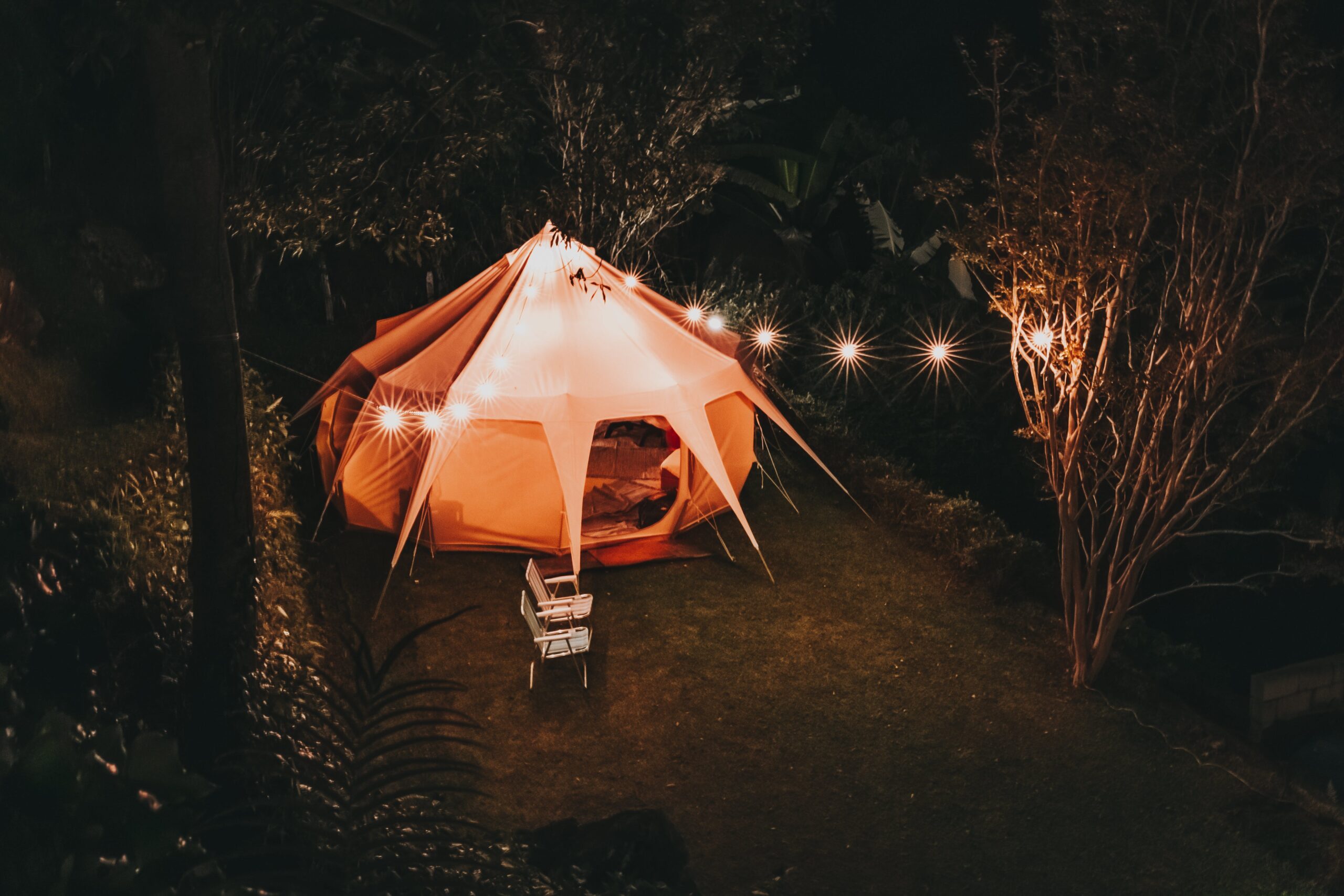
The materials and design of Everest-grade tents are pivotal in creating shelters that can endure the extreme conditions faced at high altitudes. These tents are typically made from cutting-edge synthetic fabrics that balance low weight with high durability. Nylon and polyester are common choices, often coated with waterproof and UV-resistant materials to fend off the relentless snow and intense sunlight. The fabrics are also woven to provide excellent tear resistance, critical in an environment where a small rip can quickly become a life-threatening issue.
Design-wise, the architecture of these tents is focused on aerodynamics to minimize wind resistance. Domes and geodesic structures are prevalent, as their shape helps to deflect wind and distribute the load of snowfall evenly across the surface. Ventilation is another key design aspect, ensuring that moisture from breath and condensation can escape, which is essential to prevent ice buildup inside the tent.
The poles that support these tents are made from materials like aluminum or carbon fiber, chosen for their strength-to-weight ratio. They are designed to flex under pressure rather than snap, a feature that can make all the difference when gales strike at high altitude. Every component, from the zippers to the guy-lines, is tested for reliability in sub-zero temperatures, ensuring that climbers can count on their shelter when it matters most.
Brands that Conquered the Summit: Everest’s Preferred Tents
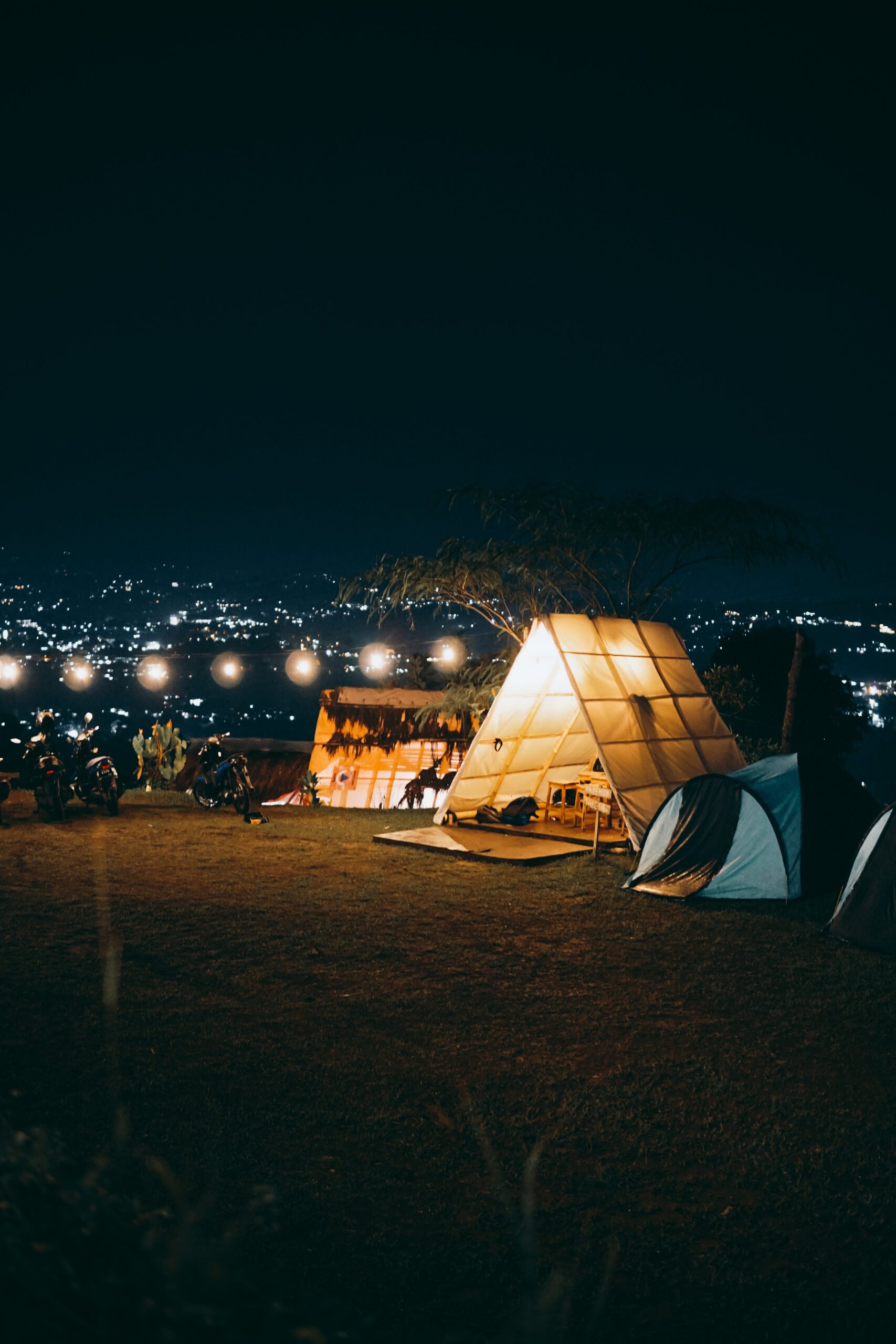
When it comes to brands that have conquered the summit, there are a few notable manufacturers whose tents have become the preferred choice for Everest expeditions. These brands have earned their reputation through relentless testing and proven performance in the harshest of environments. Amongst the elite is North Face, whose high-altitude tents have housed countless climbers during their summit attempts. Their geodesic designs and robust construction offer the reliability needed at 8,848 meters.
Mountain Hardwear is another brand that stands out, with tents engineered for extreme conditions and designed in collaboration with professional mountaineers. Their tents are known for innovative materials and features that push the boundaries of what is possible in alpine technology. Hilleberg also makes the list, with a range of tents that are praised for their strength and simplicity. Hilleberg’s models are often seen dotting the slopes of Everest, providing safe havens amidst the ice and snow.
Lastly, Black Diamond’s tents are recognized for their lightweight yet sturdy designs, a critical combination for high-altitude treks where every gram counts. Their tents are tailored to withstand the fierce winds and heavy snow loads characteristic of the Everest region. These brands, among others, have become synonymous with safety and success atop the world’s highest peak.
Technological Advances in Everest Tents
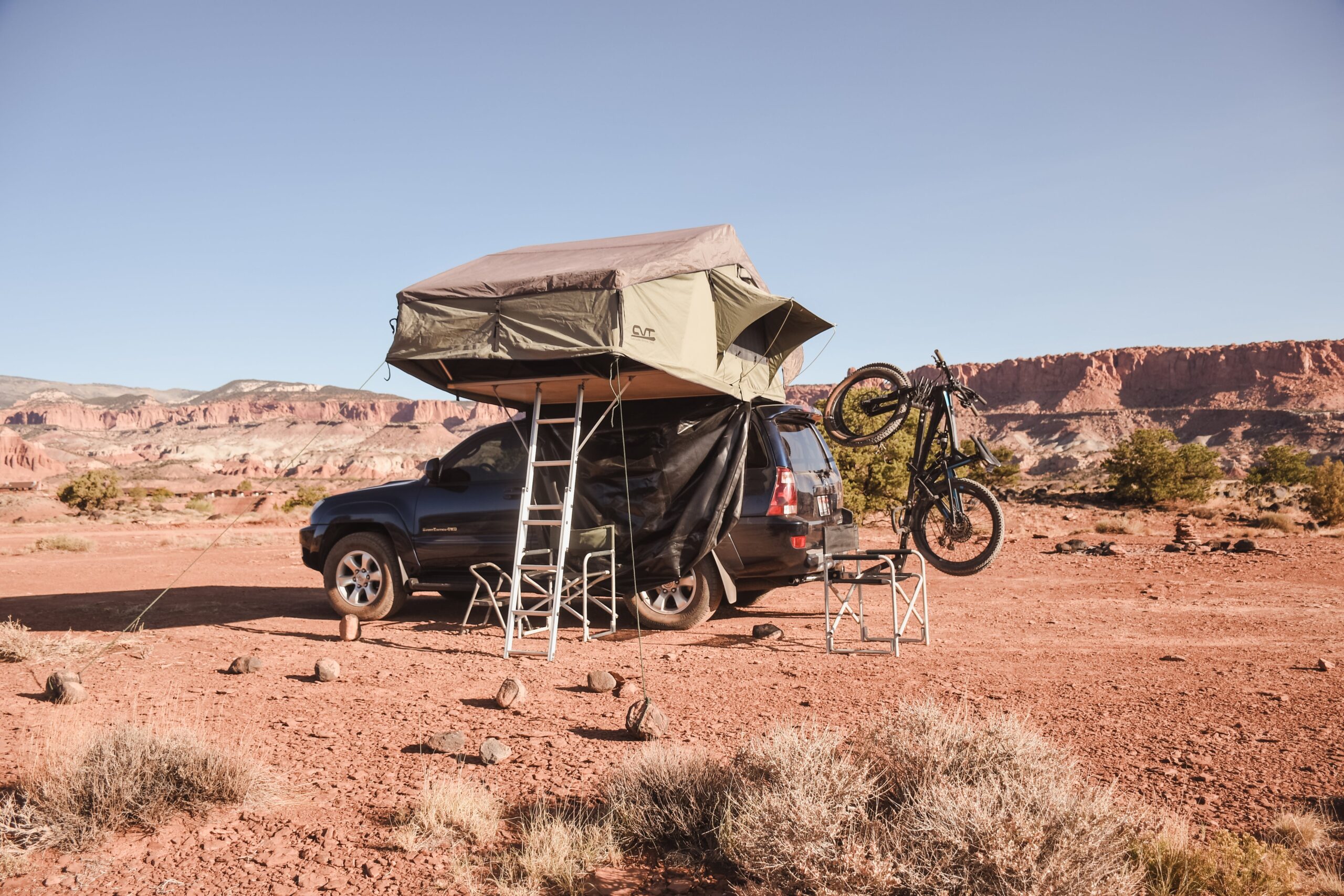
The technological advances in tents used on Everest are a testament to human ingenuity and the relentless pursuit of safety and comfort in extreme conditions. These advancements have been crucial in enhancing climbers’ odds of reaching the summit and returning safely. Modern Everest tents are a far cry from the rudimentary shelters of the past, boasting features such as aerodynamic profiles to withstand the infamous jet-stream winds and specialized fabrics that balance durability with breathability.
One of the most significant innovations has been in the materials used. Silicon-coated nylon and cuben fiber have revolutionized tent fabrics, offering unprecedented levels of strength-to-weight ratio and resistance to tearing. These materials also maintain flexibility in frigid temperatures, which is essential for quick setup and takedown in emergency situations.
Another leap forward has been the use of geodesic and semi-geodesic designs, which distribute stress evenly across the structure, giving the tents the ability to resist heavy snowfall and gale-force winds. These designs also incorporate multiple poles that intersect to form a secure and stable framework, ensuring that the tent can maintain its shape and integrity even under the weight of Everest’s thick snow and ice.
Ventilation systems have also seen improvements, with advanced venting options that minimize the buildup of condensation without compromising on warmth. This is critical at high altitudes, where the difference between a wet and dry interior can be a matter of life and death. The integration of these technologies has resulted in a new generation of high-altitude tents that are not only more habitable but also significantly more reliable than their predecessors.
Survival Features of High-End Expedition Tents
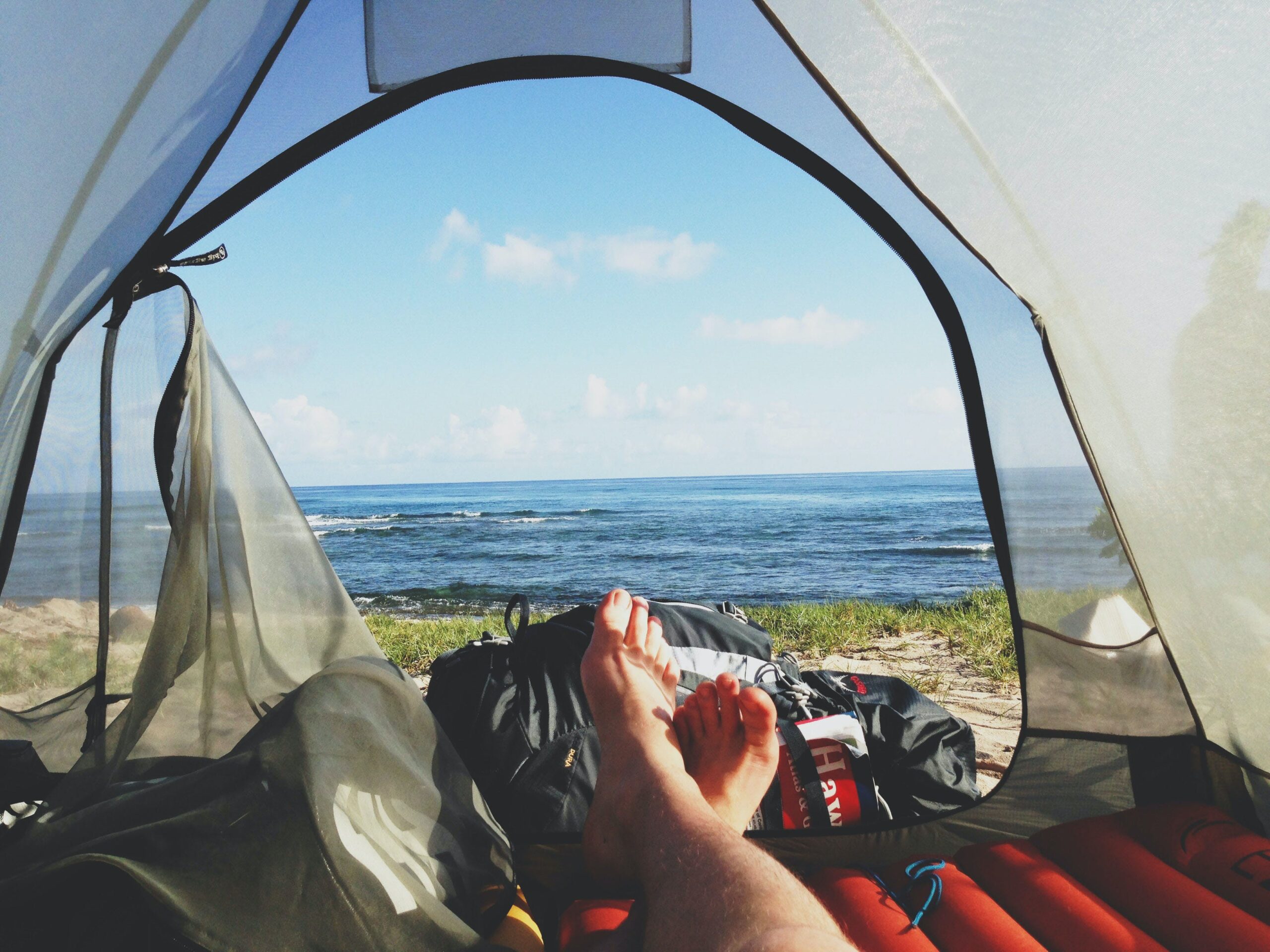
When it comes to survival features of high-end expedition tents, climbers on Everest cannot afford to compromise. These tents are equipped with life-saving attributes tailored to withstand the harshness of high altitudes. The most notable features include reinforced anchor points that ensure the tent remains secured to the mountain face, even when buffeted by ferocious winds. This is often achieved through the use of heavy-duty webbing and high-tensile strength guy lines, which are capable of withstanding the immense force exerted by extreme weather.
Additionally, high-end expedition tents are designed with redundant systems for critical components, such as dual-zipper doors and multiple layers of fabric over openings, which provide an extra level of protection against the elements. These zippers are often glove-friendly, allowing climbers to operate them without exposing their hands to the cold.
The floors of these tents are typically made from thick, puncture-resistant materials that insulate against the freezing ground and prevent moisture seepage, a crucial feature for maintaining warmth and dryness. The inclusion of snow skirts around the base of the tent also helps to prevent snow and wind from entering beneath the walls.
Interior space is another critical survival feature; these tents are designed to be spacious enough to accommodate climbers along with their gear, which may include oxygen tanks and cooking equipment. Despite the need for interior space, the overall design remains compact and aerodynamic to minimize the tent’s footprint and reduce wind resistance.
Ultimately, the survival features of these expedition tents are a blend of material science, structural engineering, and ergonomic design, all converging to create sanctuaries that can endure the planet’s most extreme weather conditions, thus providing climbers with a modicum of safety and comfort in the unforgiving environment of Mount Everest.
Picking the Right Tent for Your Everest Adventure
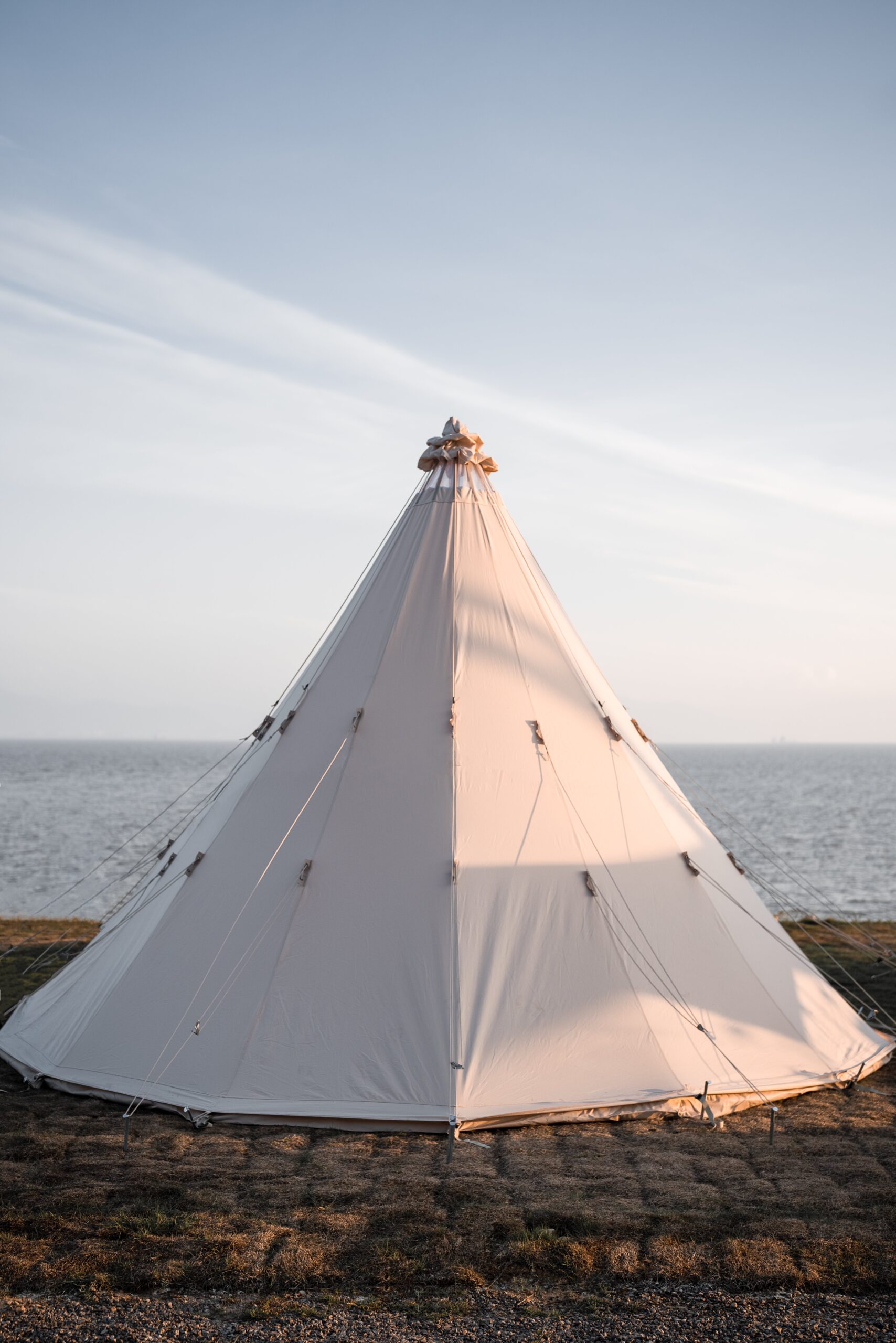
Finding the right tent for your Everest adventure is critical; it can be the difference between a successful expedition and one fraught with peril. To make an informed decision, climbers must consider factors such as the tent’s weight, durability, resistance to the elements, and ease of setup at high altitudes. A balance between a lightweight design and robust construction is essential to ensure portability without sacrificing safety.
Prospective Everest climbers should seek out tents that have been tested in conditions similar to those found on the mountain. Manufacturers often list the environments their tents are built for, and product reviews and testimonials can provide real-world insights. It’s also recommended to consult with seasoned mountaineers or reputable climbing outfitters who have firsthand experience with the harsh conditions on Everest.
When selecting your tent, consider the season of your climb as well. The requirements for a tent during the pre-monsoon season (spring) may differ from those in the post-monsoon season (autumn). Ensure that the tent fabric can protect against UV radiation, which is particularly intense at high elevations, while also providing ample ventilation to prevent condensation build-up inside the tent.
Send a message to info@zodiacdisplays.com to amplify your event marketing. At Zodiac Event Displays, we understand the importance of quality and reliability in extreme conditions. Our expertise in creating durable and high-performing promotional materials translates well into selecting the right tent for your Everest expedition. With our guidance, you can choose a tent that not only stands up to the challenges of Everest but also provides a comfortable and secure base camp environment.









